Online Activities, Spatial Proximity, and the Diffusion of the Occupy Wall Street Movement in the United States*
We advance social movement and diffusion theories by exploring the role of online activities in the spread of the Occupy Wall Street movement. The results from event history analyses suggest that, after controlling for community characteristics, online activities on Facebook and Twitter are associated with the spread of protests. The association is stronger for Facebook than other Internet-enabled technologies. The importance of Facebook activities increases over time, but the importance of community characteristics such as population size decreases over time. While intermunicipal contagion does not affect the diffusion process directly, it affects the diffusion in combination with online activities: the effect of spatial proximity to prior sites of contention increases in cities where Facebook activities preexist. The results provide a better understanding of how the Internet and social media activity create new communication channels among potential sites of contention and facilitate the rapid diffusion of contentious collective actions across wide areas.
Contributor Notes
*A preliminary version of this paper was presented at the 2012 Annual Meeting of the American Sociological Association in Denver, CO. The authors would like to thank Lance Bennett, Fedor Dokshin, Navid Hassanpour, Yisook Lim, Sarah A. Soule, and Sidney G. Tarrow for their helpful suggestions. We also thank Amy Chen, Ursula Schwarzhaupt, Zhe Su, Benjamin Totushek, Eve Warburton, and Zaiming Yao for assistance in data collection.
†Ion Bogdan Vasi is Associate Professor in the Department of Sociology and College of Business at the University of Iowa. Chan S. Suh is an Assistant Professor at Boise State University.

